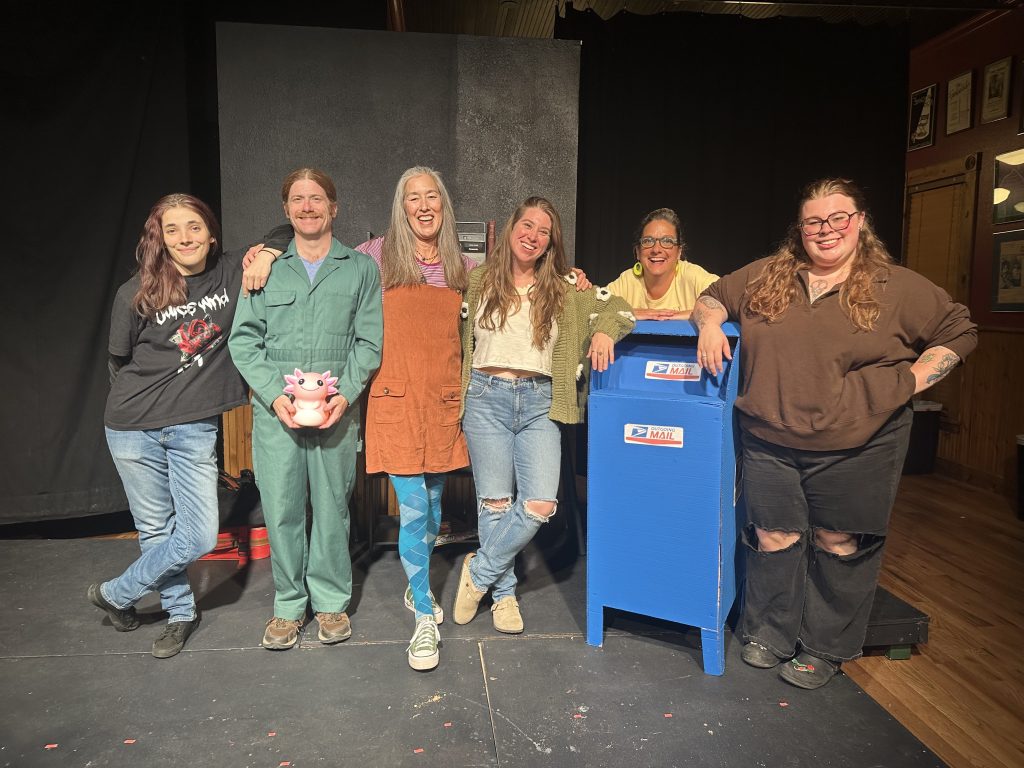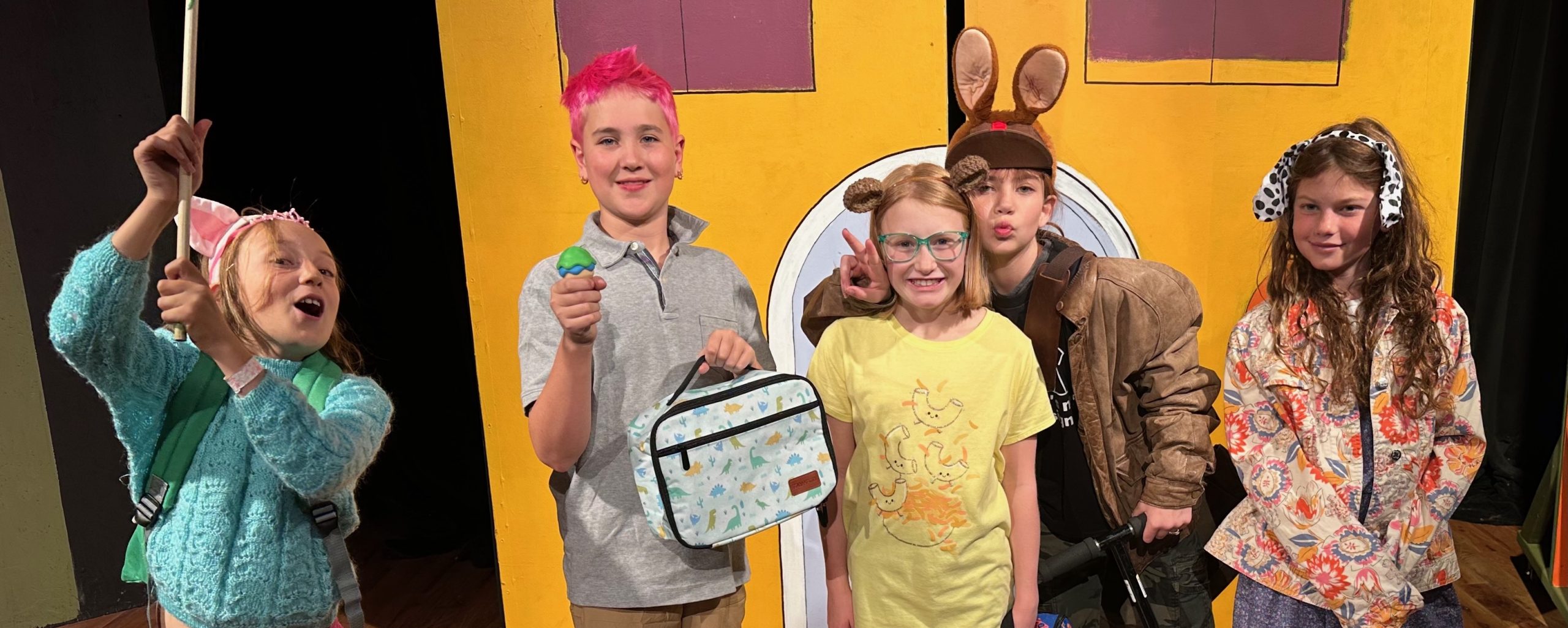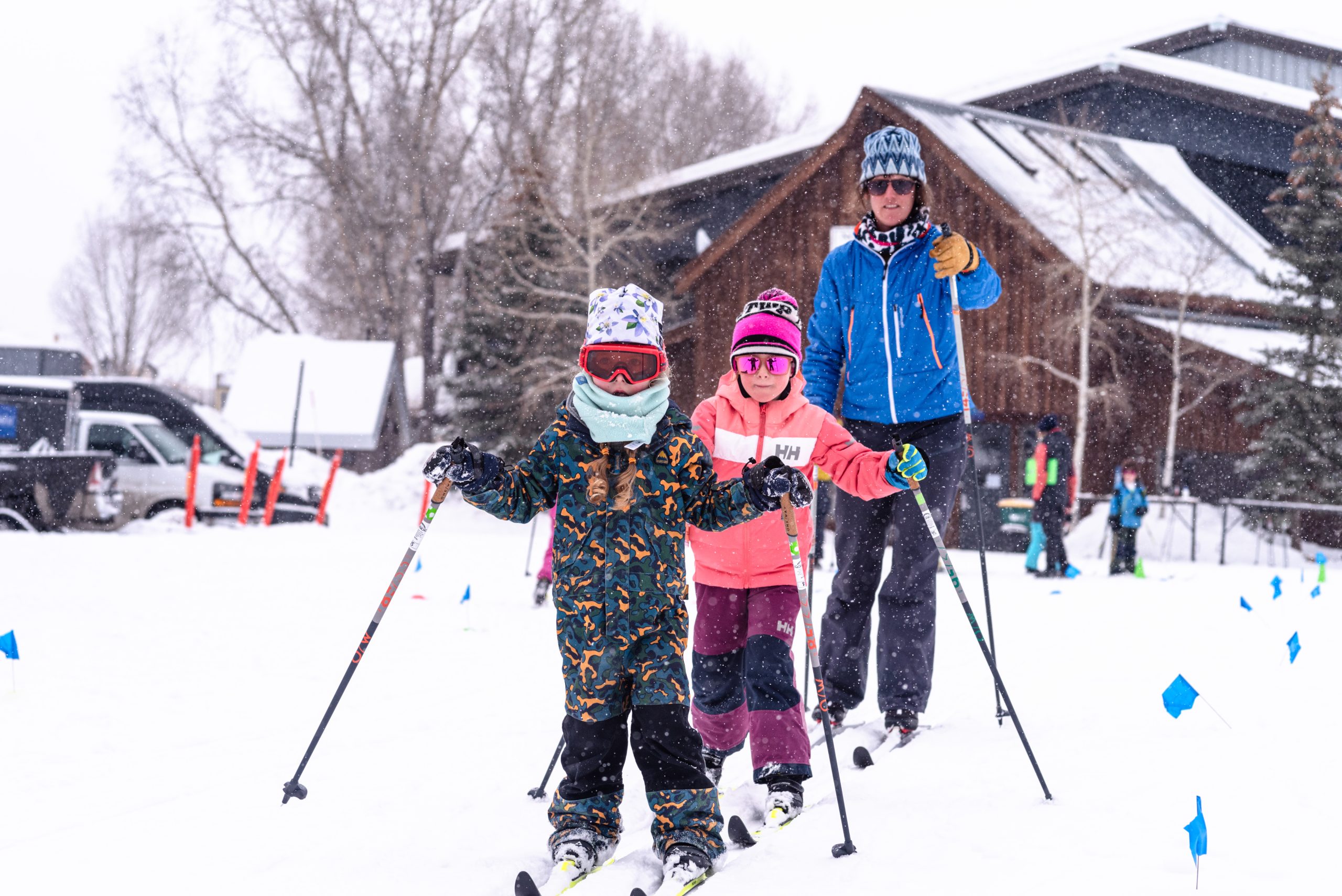Building community through creativity


The Crested Butte Mountain Theatre (CBMT) provides a physical place for creativity to thrive and community connections to deepen.
“Creative expression is the backbone of who we are as human beings, no matter the medium,” CBMT Artistic Director Britney Kuehm said.
This philosophy drives everything at CBMT. From its annual eight main stage shows to its expanding youth education programs, the theatre offers a well-rounded recreational portfolio for people of all ages.
Kuehm specializes in creative placemaking—the idea that creative spaces contribute to a community’s sense of identity and belonging. She studied it while earning her Master in Arts Management at Claremont University and has enacted it in performing arts spaces across the country.
“It’s really important for kids who came up in this valley to have a spot where they feel like they can express themselves or feel seen and heard without necessarily being quote unquote cool or competing,” Executive Director Alec Lindeman said. At the theatre, older participants model that openness.
“When the adults continue to stay silly, to play, to be vulnerable, and to be honest within community, then you’ve learned that that is a value, not a weakness,” Kuehm said.
Building sets, process and partnerships
Kuehm joined the theatre as artistic director in fall 2024. Her position, created with the help of a MetRec grant, started out as part time. That alone transformed the organization’s capacity. This fall, the board took her full time.
“She is absolutely instrumental in the theatre’s recent evolution,” Lindeman said. “The Board felt it was able to finally make this strategic move to have the majority of our resources directly supporting our mission.”
With professional artistic leadership, the theatre established standard operating procedures, created structured communication systems for volunteers and offered previously impossible programming. The result? More consistent youth education offerings, collaborative partnerships with organizations like the Gunnison Arts Center and the Trailhead Museum, and a community-led season selection process ensuring local voices shape theatre direction.
“It’s not about the product, it’s about the process here,” Kuehm said. This focus on experience over perfection creates space for people to try something new, whether they’re a veteran studying engineering looking for a creative outlet or a trained metalsmith experimenting with stage lighting for the first time.

Kuehm emphasized the importance of holistic theatre education. Participants learn technical skills like lighting, set building, and sound design—opportunities that might spark unexpected passions.
“Not every kid wants to be center stage,” she said. The technical side of things offers more of a creative engineering approach.
This past summer, CBMT offered eight-week sessions for middle and high schoolers, week-long camps for younger children, and drop-in days exploring everything from clowning to costume design. Students didn’t just learn—they actively contributed, building sets for productions and lighting stages.
Backstage bonding
Finding community can be challenging. CBMT offers an immediate solution.
“We are a very easy way to almost instantly access the community,” Lindeman said. “You can join a cast. There is not only no experience required, we highly recommend somebody off the street give it a try.”
Within the larger organization, cast and crew form their own microcosms. They develop bonds so strong even individuals who typically clash form a united group, Lindeman said. Often these groups choose to work three or four shows together, building lasting connections through shared creative work.
A home for creatives
The Mountain Theatre’s impact extends beyond individual growth. It provides what Kuehm calls a “third space”—not home, not work, but a place where community identity forms and deepens.
As Lindeman puts it, the theatre plugs people into the community. It’s a space where anyone can walk through the door, say yes, and become part of something larger than themselves—no experience necessary, just a willingness to create together.
Photos courtesy of Crested Butte Mountain Theatre.



